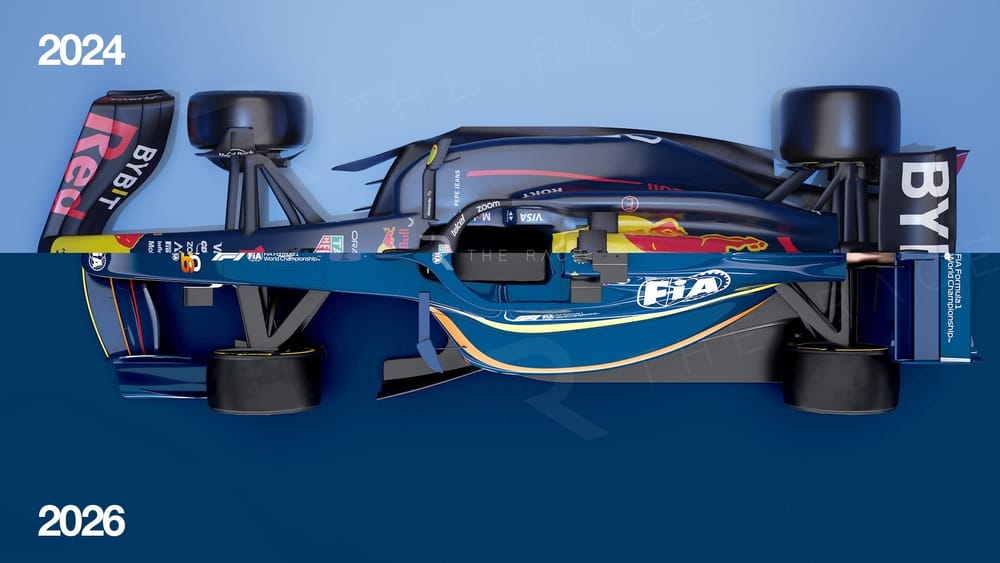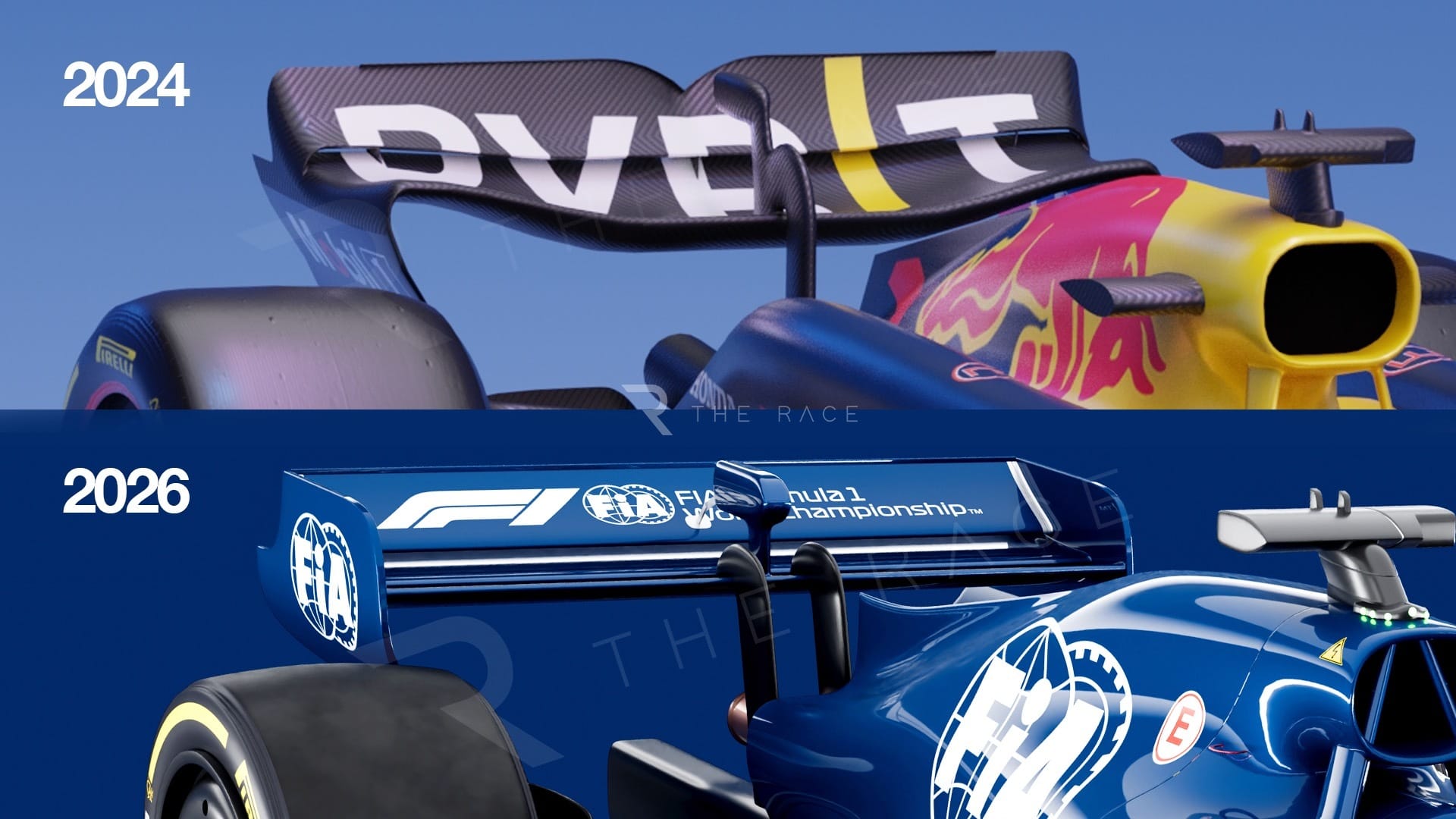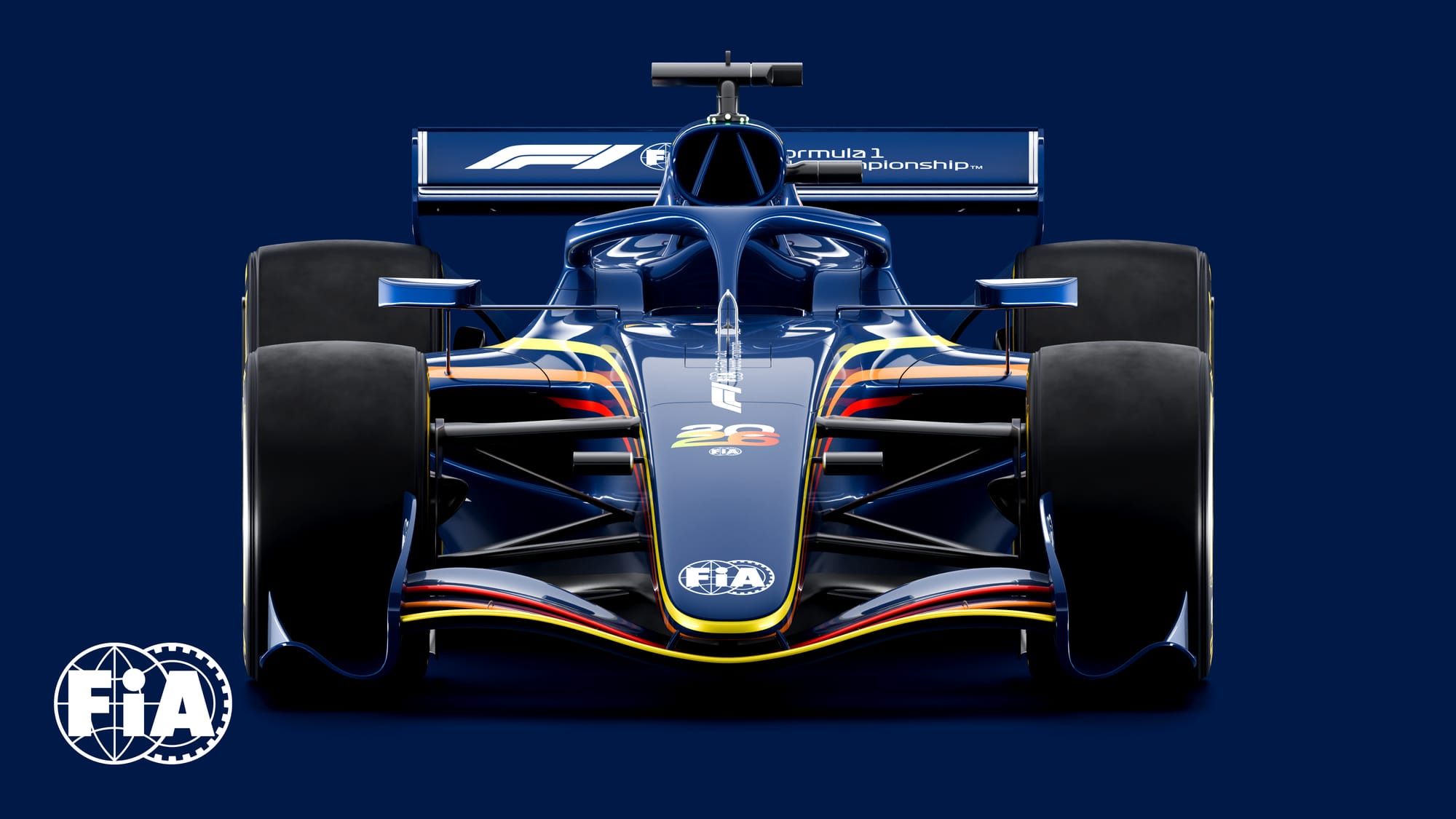Up Next

Formula 1’s 2026 regulations promise nimbler cars, means of restoring some of the overtaking scope lost by teams’ aerodynamic developments and the demise of DRS.
But are they actually on the right lines and will they achieve their goals?
Here are our team’s initial thoughts:
HYBRIDS STILL CONSTRAIN EVERYTHING
Mark Hughes
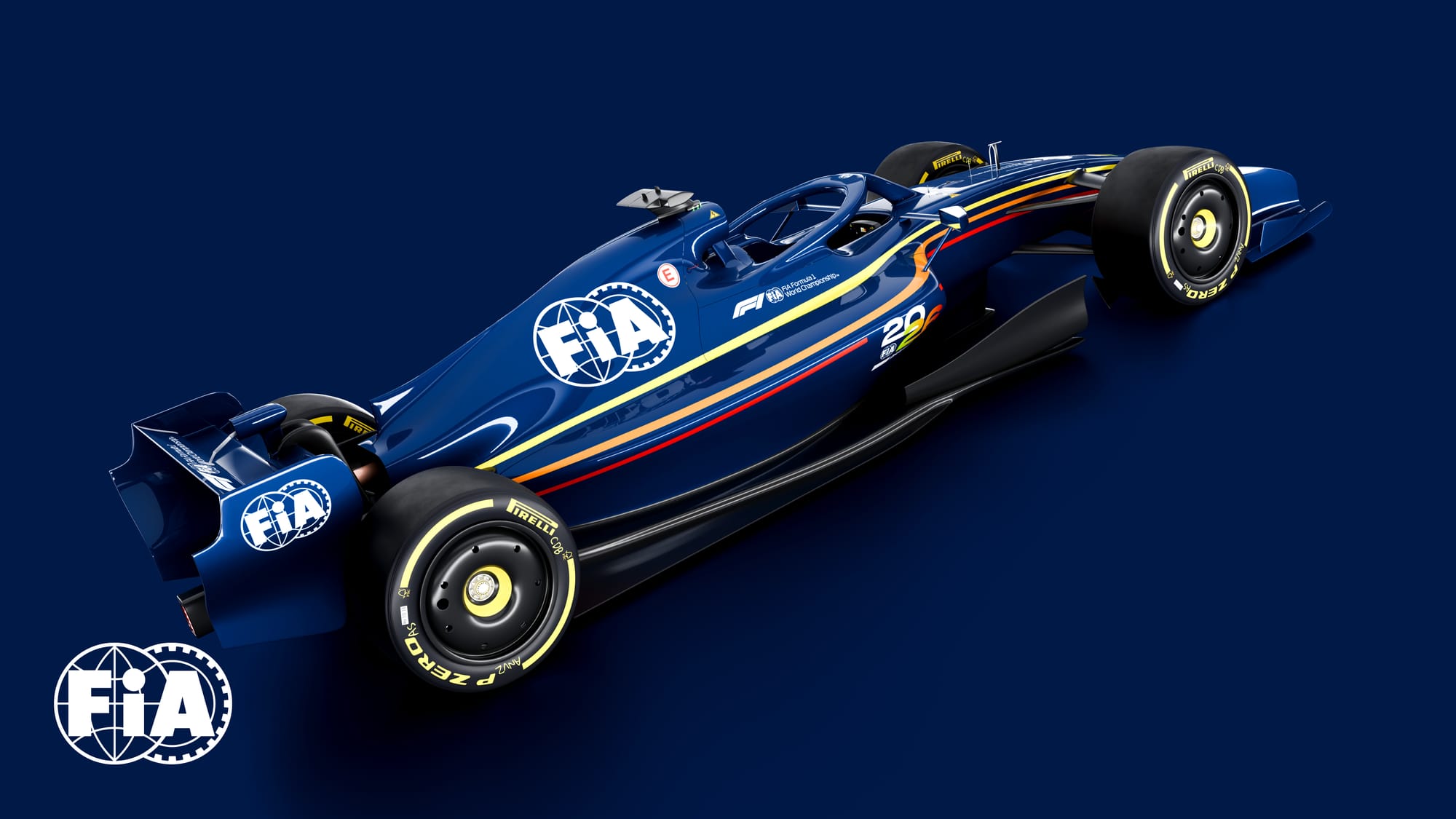
Given the constraints which the insistence on hybrids imposes - cars too big and heavy - and which have been made even more extreme by the big increase in battery size and the concomitant reduction in fuel flow, these are an ingenious set of regulations.
But the cleverness is solving a self-inflicted problem. When you hear F1 CEO Stefano Domenicali thinking out loud about maybe not having hybrids in 2030 now that we have sustainable fuel, it kind of feels like F1 might be feeling its way back to light, agile cars.
SIMPLER AND NIMBLER IS A GOOD STARTING POINT
Scott Mitchell-Malm
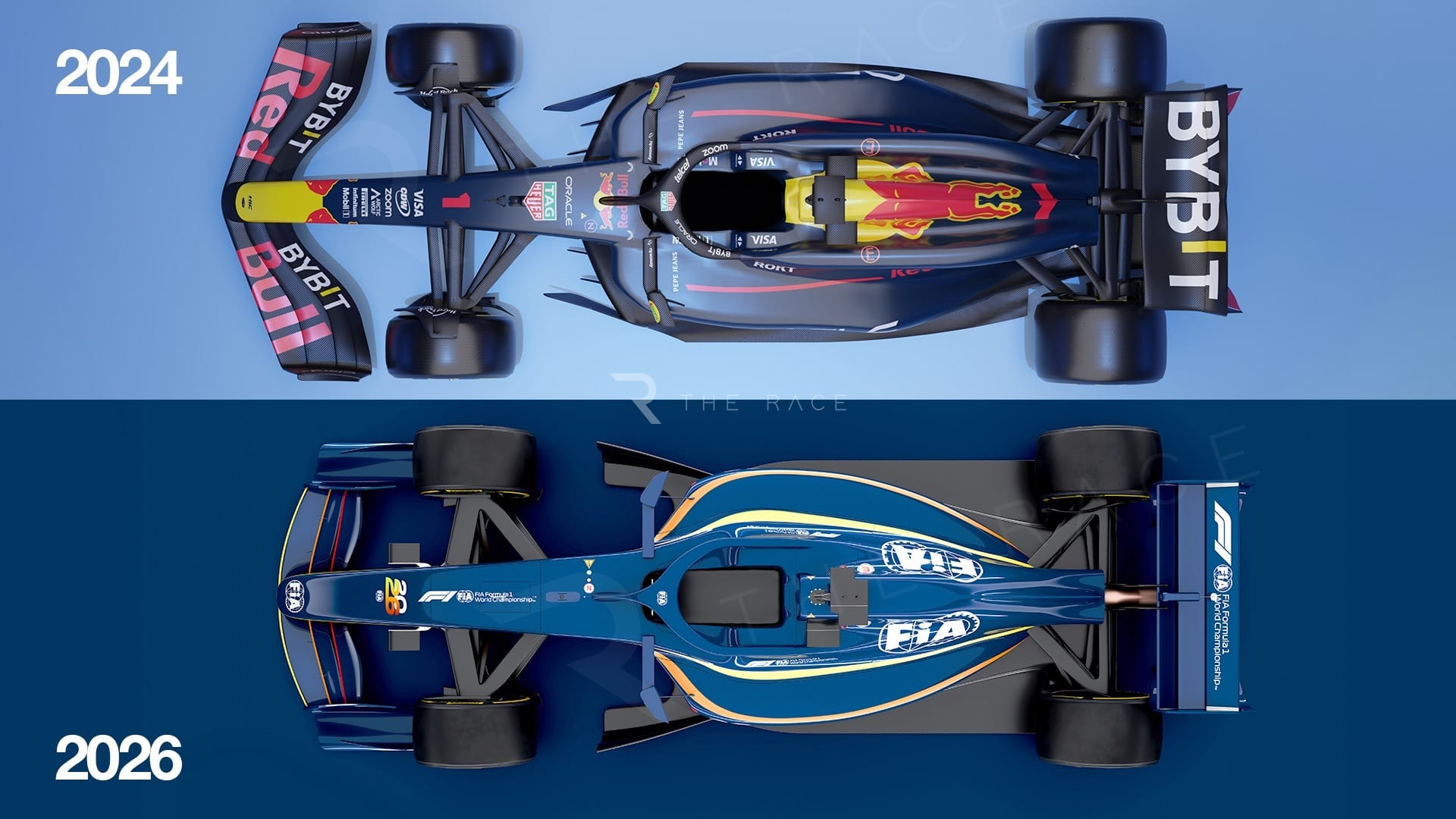
Once my initial surprise passed after seeing the apparent front wing offspring of a 2008 and 2022 car, I started to like how pared back this looks compared to the current, swoopy, 'futuristic' concepts we saw being pushed ahead of the current rules era.
Visually there's no shocking departure - but it looks like what it is, a slightly smaller, slightly simplified car designed to be a bit nimbler and with a big emphasis on being able to follow more easily. That's a good start.
We've seen since 2022 how quickly the FIA's best intentions for following and 'raceability' can be undermined by team development. So I'm not holding my breath that these cars will suddenly create spec-series-level racing.
But there are some obviously more aggressive solutions to deal with outwash (assuming that is the best route to go) and the energy management/deployment strategy in lieu of the DRS as we know it is an interesting twist.
It could be quite complex to explain or follow as an energy-based battle plays out over a grand prix, and it's essential that any differences in available energy aren't so drastic that overtaking does end up being super easy - especially with the manual override power boost.
But I'm cautiously optimistic about what might be possible.
REAL 2026 CARS WILL LOOK VERY DIFFERENT
Glenn Freeman
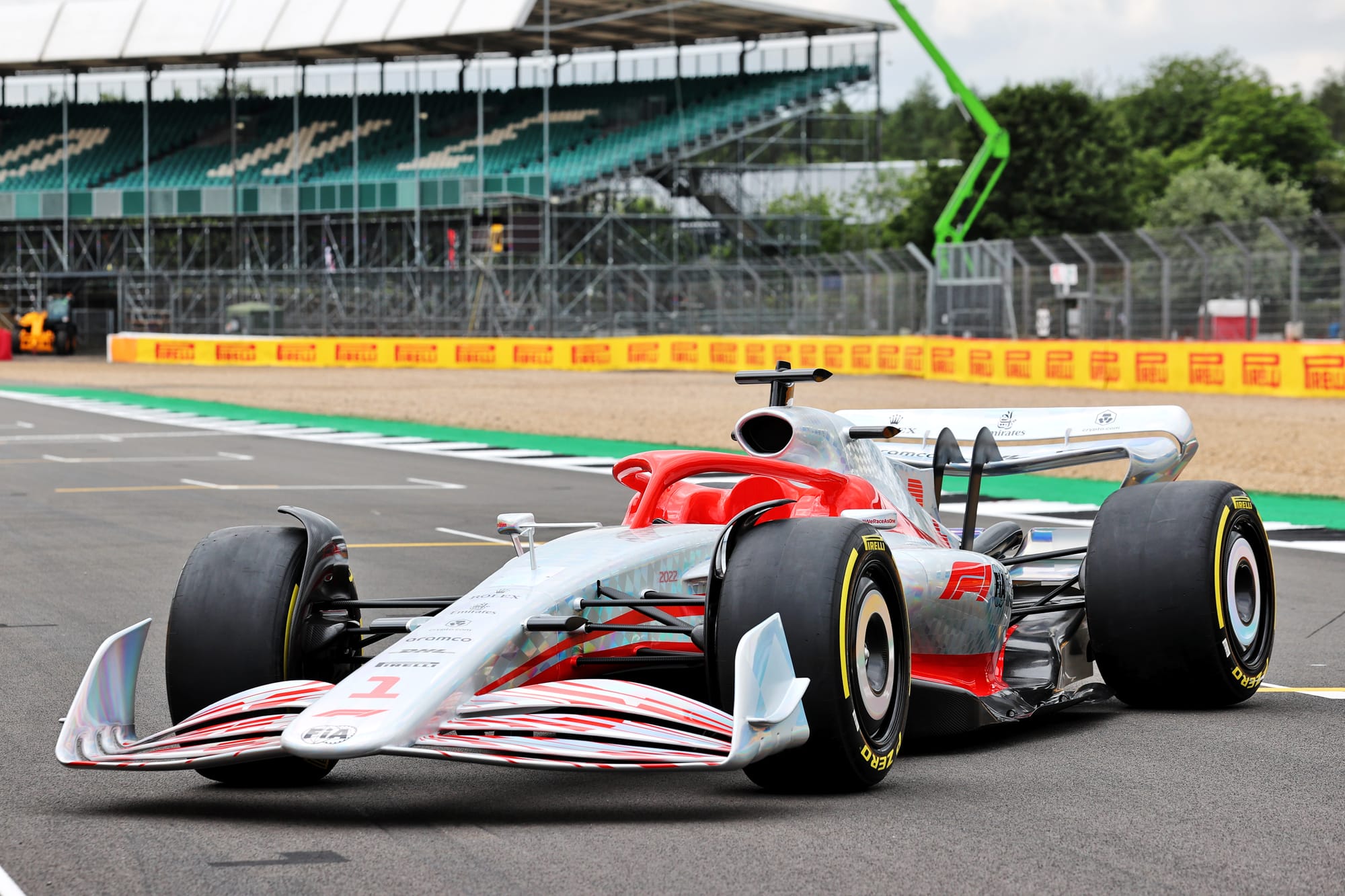
The recent experience of the 2022 rules reveal means we can be sure of one thing: what we're looking at here is a low-res version of what the teams will come up with.
That's not a criticism of the FIA for the imagery they've released. It's just the natural way these things work. It's not the FIA's job to try to second-guess what a fully-refined, lean and mean version of a car built to these regulations will look like.
Much like the 2022 show car that was revealed at Silverstone in 2021 (pictured above), all this is doing is giving us some visual cues of what to expect.
So when the real cars start appearing in pre-season 2026, we can expect them to be much more aggressive interpretations of these rules than what we can see at the moment.
A GOOD STEP AWAY FROM SUPERSIZE CARS
Oliver Card
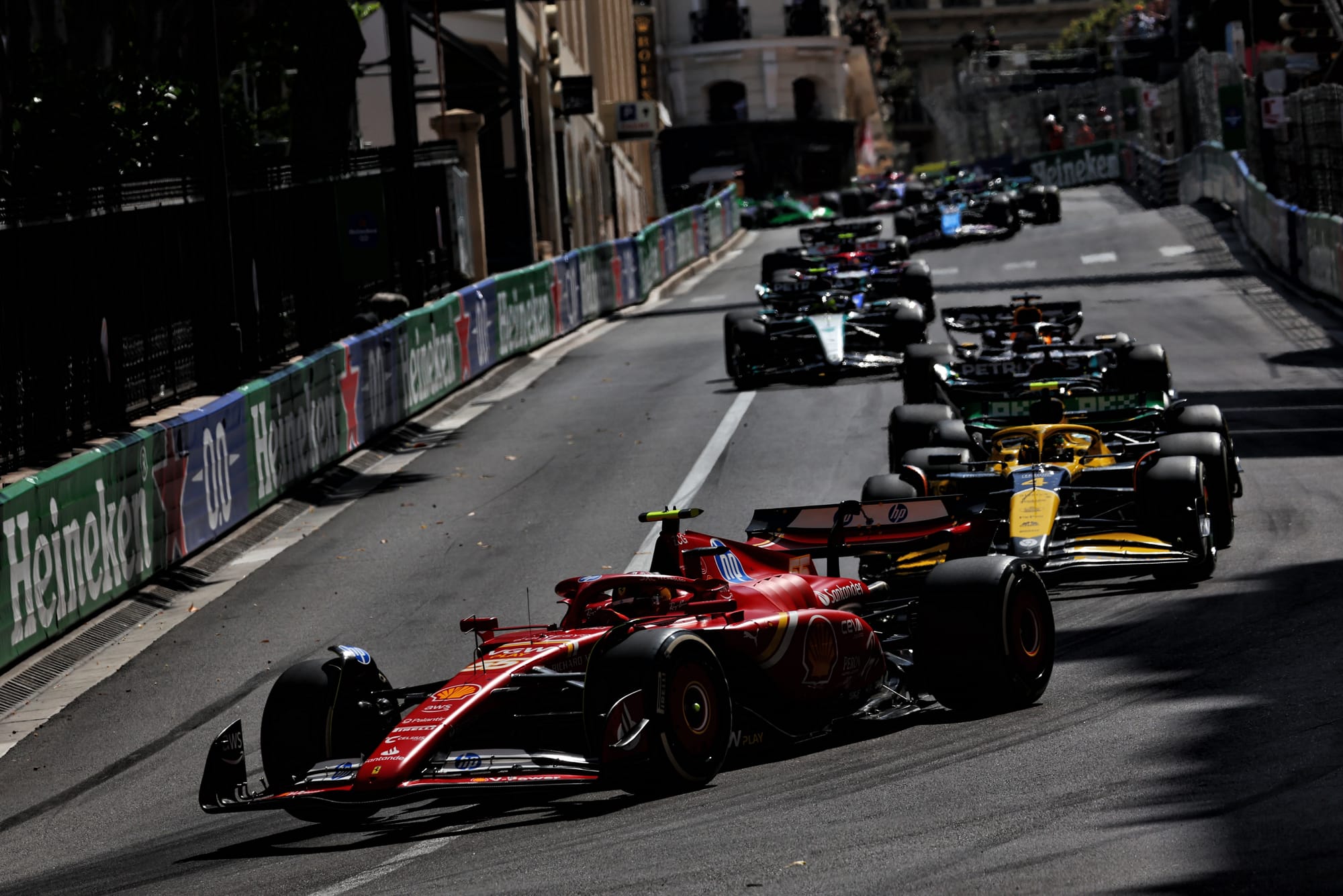
You only have to watch this generation of F1 cars crawl through the streets of Monaco recently to recognise that the present-day supersized grid is in need of a drastic change to return to the days of cars dancing and dicing for position.
Whilst not overly drastic (due in part to the retention of incredibly efficient but weighty hybrid technologies), in F1 terms these are significant metrics for weight reduction and hopefully an approach which delivers what drivers, teams and ultimately fans desire.
Also, I tend to take ‘road relevance’ with a pinch of salt, but F1 accelerating the development of sustainable fuel into something that could be available to consumers is an exciting prospect that I hope truly comes to fruition.
ENOUGH REVOLUTIONS
Josh Suttill
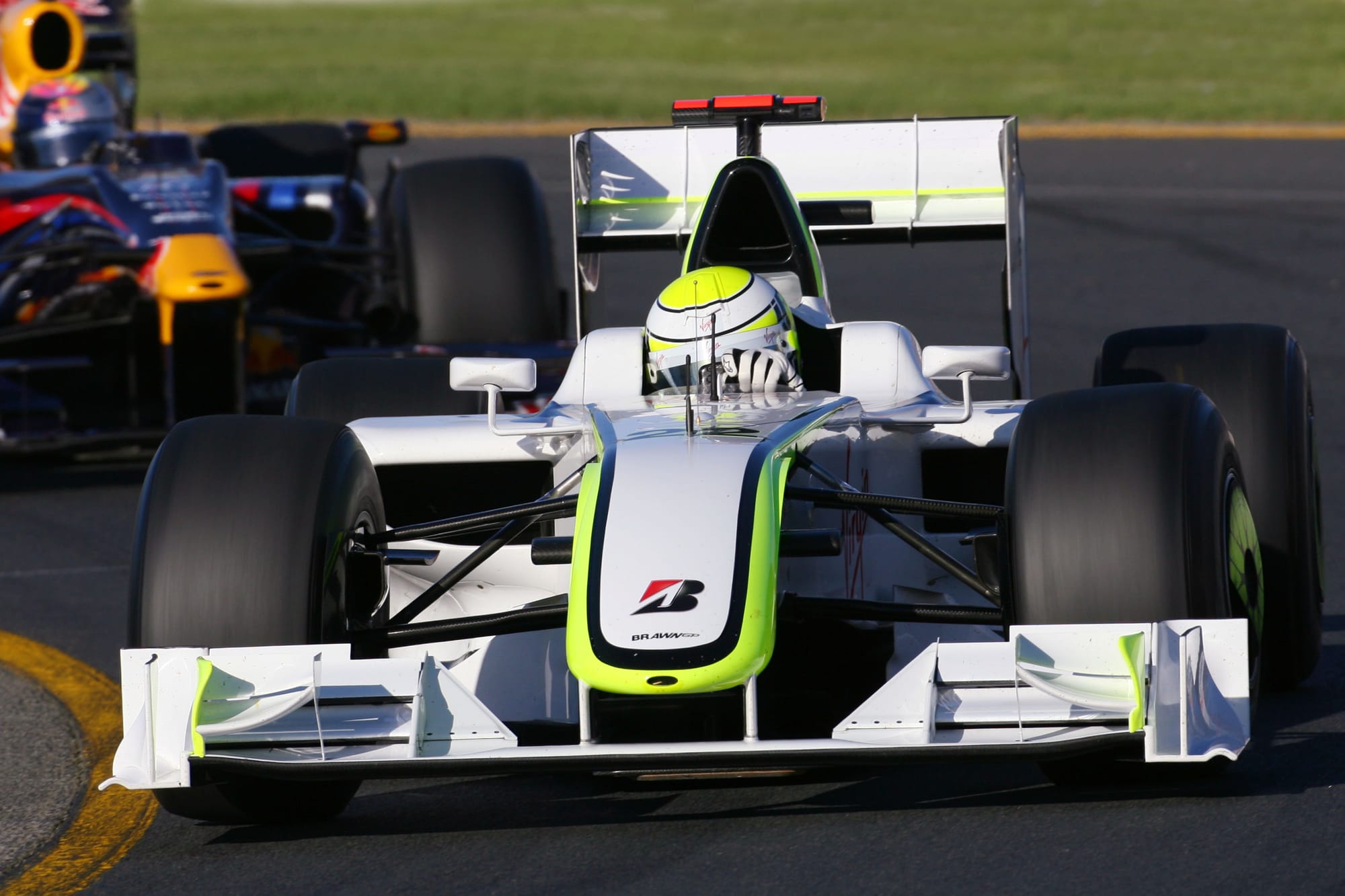
A brand-new set of Formula 1 car and engine rules for 2026, that's exciting, right?
Well...my enthusiasm for new F1 rules has somewhat waned over the years. They always promise to shake up the pecking order and more often than not, as in the case of 2009, 2014 and 2022, they do.
The problem is that the novelty factor doesn't last long. Sure you have a fascinating pre-season where testing is actually worth watching every minute of and the anticipation lasts all the way until the first qualifying session.
Then you get your very different pecking order. You have 2009 (Brawn going from backmarker about to close down to dominant force) at the extreme end and 2022 (world champion Mercedes falling to struggling also-ran) at the tepid end of pecking order overhauls.
But then that new, exciting, mixed-up order quickly becomes the norm. And by the end of the third or fourth round, that anticipation has been replaced with the acceptance that the team with the half-a-second per lap advantage is going to win everything for a very long time.
Red Bull catching and (almost) overhauling Brawn in 2009 is only the exception because Brawn had a bare-bones in-season development fund. Without it, its 2009 campaign is a complete walkover and a (stand-down Keanu Reeves) far less compelling fairytale.
In fact 2009 is such an exception that any attempt to replicate the radical shake-up and subsequent feel-good story it produced would be futile.
Usually it becomes a waiting game for fans as the big guns, who tripped over the banana skins that the new rules presented, have to catch up - a lengthy process in F1's cost cap era, and the wait is amplified by having 24 race weekends a year.
What's more painful is that new rules can often stifle a really good, organic development war. The 2021 Mercedes vs Red Bull title fight being replaced by Red Bull domination (via a brief Ferrari renaissance and capitulation) in 2022 is the prime example, but there are plenty of others throughout F1's history.
The initial year of rules reset is often far less exciting than what comes two or three years down the line. Seeing McLaren and Ferrari organically catching up to Red Bull this year has been far more satisfying than if Red Bull's domination was simply ended by it getting the 2026 car and/or engine rules wrong.
The problem for F1 is that even if its 2026 rules are a success (something probably realised in 2027 or 2028), they're going to be ripped up and redone for 2030.
That doesn't mean we shouldn't ever have new rules resets. F1 has always been about innovation and having a stable set of regulations would go against the championship's DNA.
But they could be used far more sparingly or we'll simply be locked in this cycle of throwing away something good every few years in search of something marginally better, forever.
FOCUS ON ENGINES IS PROBLEMATIC
Edd Straw
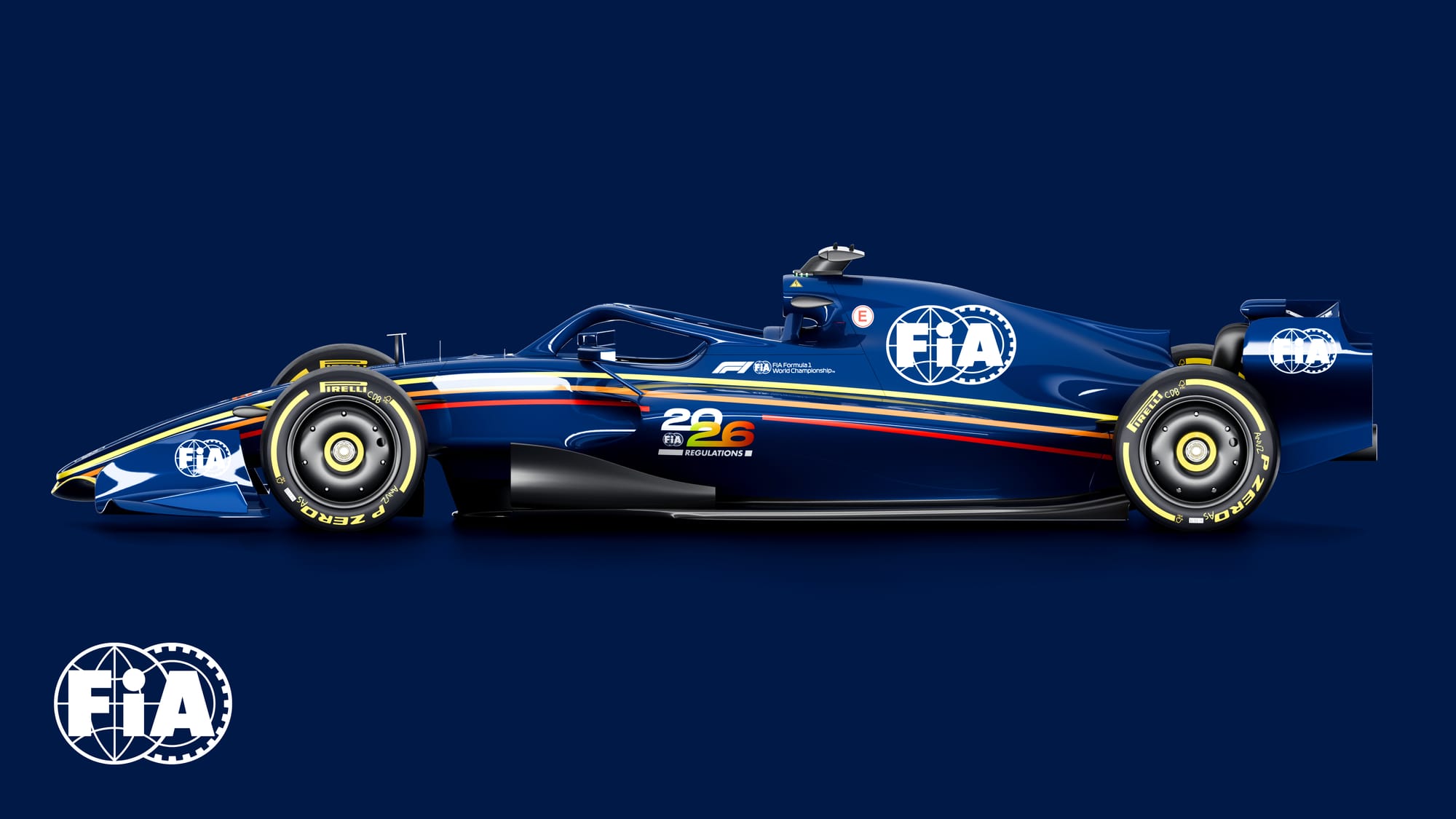
The rules package overall looks interesting and well-conceived, but there are legitimate concerns about the extent to which the chassis regulations are defined by the need to suit the power unit package.
While the engine regs are a commercial necessity, and the compromises made are coherent and logical, it doesn't necessarily add up to the best possible package to produce the kind of F1 spectacle and challenge that everyone desires.
There's one obvious contradiction implicit in the direction the rules have to take. Quite correctly, there's a desire to reduce the size and weight of the cars, to make them more nimble. Drivers and fans alike would benefit from a return to those visibly on-edge cars that have that sharpness on turn-in that conveys the sense of speed.
However, the need for hybrid power units works against that lightweight ethos and while the FIA has done a laudable job to squeeze the weight and size downwards, there are baked-in elements it had to work within that means this is only chipping away at the edges of the problem.
A RELIEF FOR MERCEDES
Ben Anderson
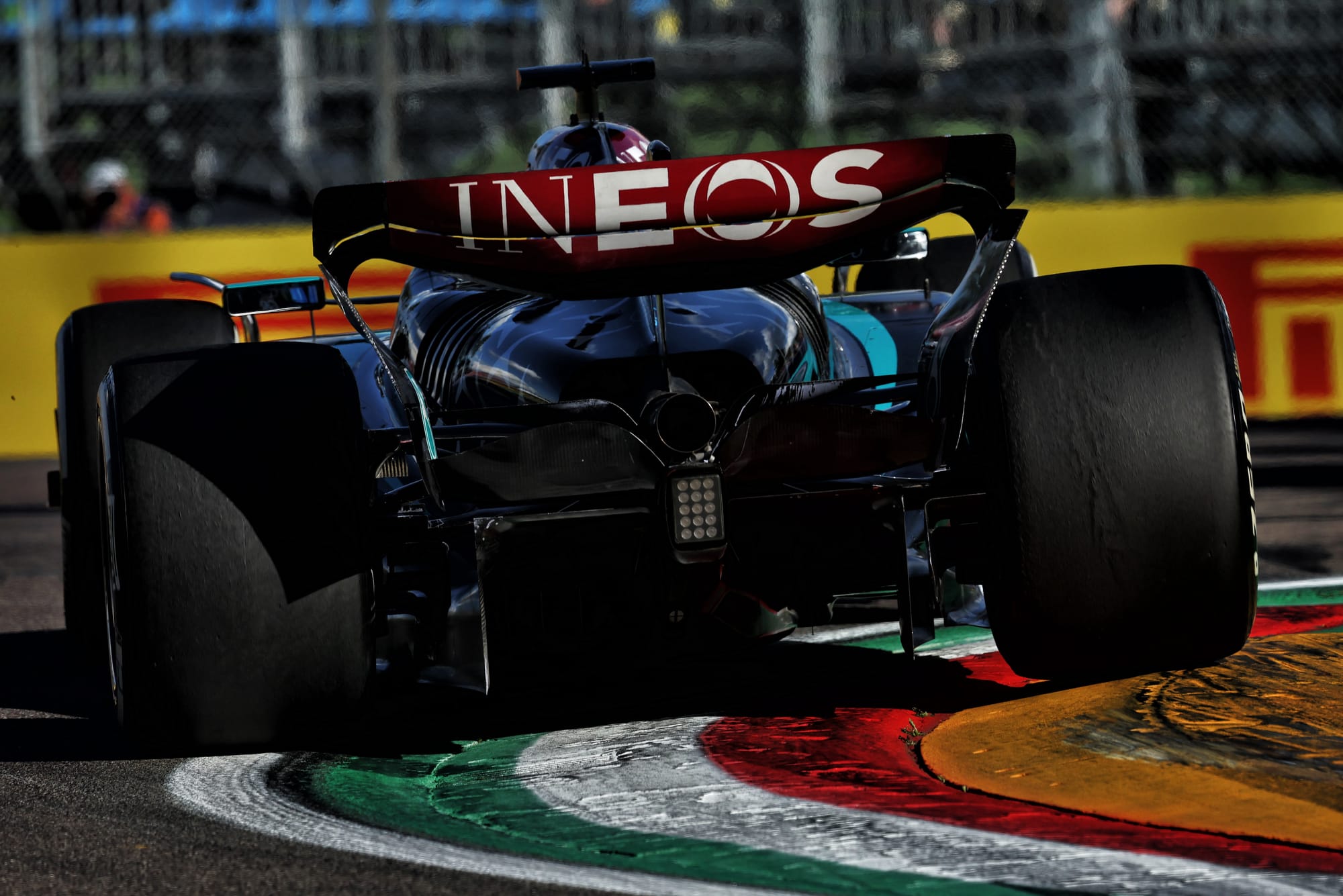
The way these rules are headed will surely come as a big relief to Mercedes in particular.
Perhaps no team has struggled more - compared to expectations at least - with the critical emphasis the current ground effect regulations have placed on how intricate floor designs intersect with precise platform control and rideheight sensitivity.
The expectation in 2026 that cars will run higher and less stiffly sprung than they do now, with reduced floor width and diffuser power too, sounds like a recipe made to soothe the sore heads of Mercedes engineers - and the sore backs of Mercedes drivers.
There are still plenty of other potential trip hazards in the regs as they stand I'm sure, and it doesn't look as though Mercedes will be able to count on Adrian Newey to steer a course through those, but it does look as though these new aero rules are moving a bit more towards what Mercedes is still good at - and hybrid engines have always been their strong point anyway.


